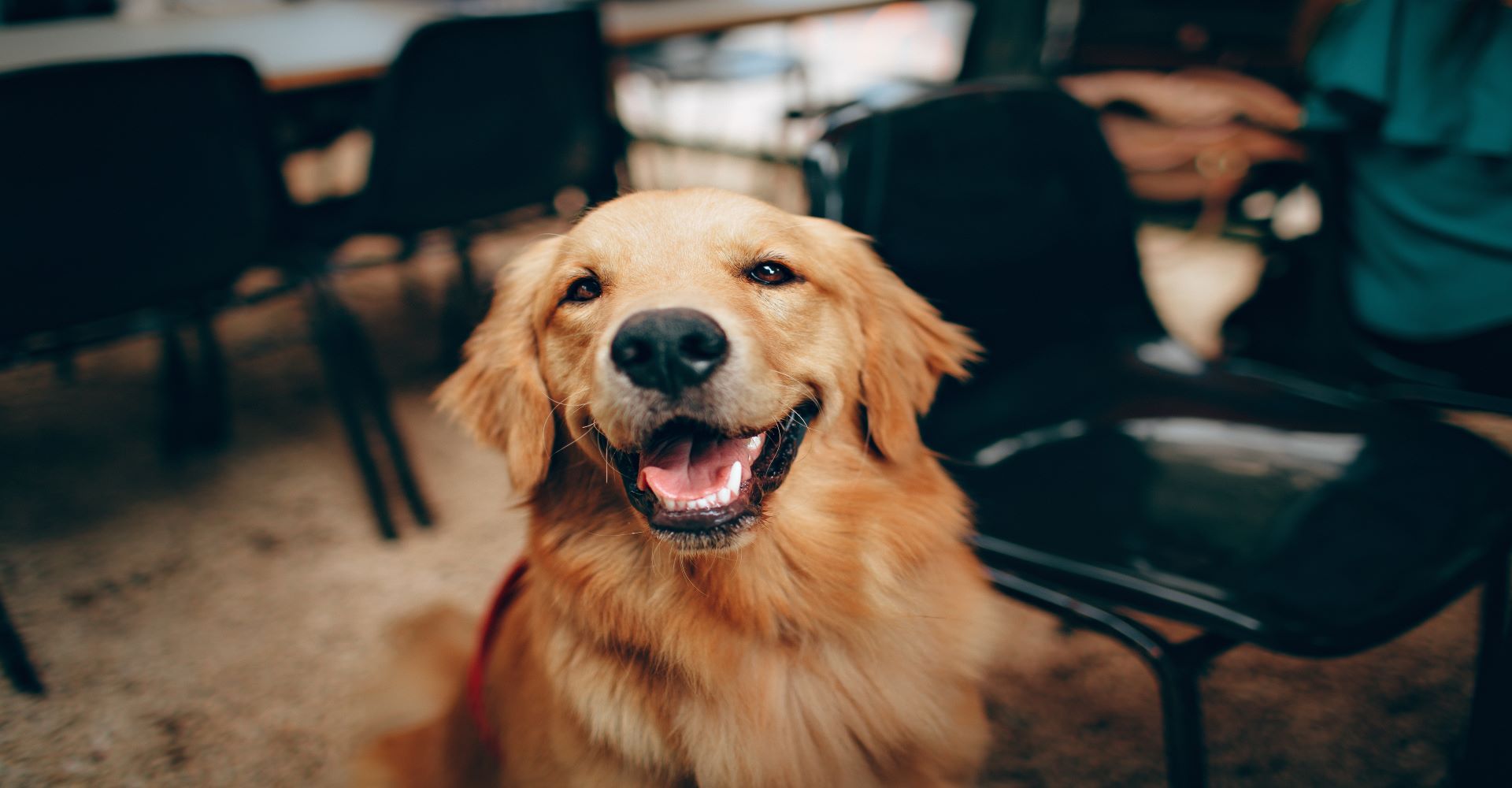CBD for Animals: A Cautionary Note
CBD products are a hot topic in veterinary medicine right now, but it's important to not get ahead of ourselves as professionals with a...
3 min read
Viticus Group : February 6, 2020 11:00:00 AM PST

Get your orthopedic exam, surgery, and treatment questions answered by veterinary orthopedic surgeon Dr. Stephen Jones.
In general practice, we often see patients with orthopedic concerns. Performing better orthopedic exams, knowing when surgery is the best treatment option, and watching out for ways some fracutures are missed can be the difference in an animal’s quality of life.
That’s why we invited Dr. Stephen Jones, an orthopedic surgeon, to join a Quick Cup of Knowledge interview to share his knowledge and tips for general practitioners. He’s an instructor for the Principles of Fracture Repair and Advanced Fracture Repair hands-on labs, as well as an assistant professor of small animal orthopedic surgery of The Ohio State University.
Dr. Natalie Marks asks Dr. Jones his thoughts on some questions general practitioners might have when treating orthopedic patients. Here are his five tips:
Signs of Fractures and Tears
Tip #1: Pay attention to the patient’s history. Even before you walk into the exam room with a patient, the patient history can often clue you in on an orthopedic problem they’re experiencing.
For example, we all know that cruciate disease is a common orthopedic issue. When a dog has had on-and-off lameness for a while, it was probably a partial tear that eventually became a full tear. Dogs with these tears tend to be severely lame, not just partially.
Another common orthopedic problem is patellar luxation. Clients with animals who have this problem will most often report a skipping lameness—picking up one of their legs occasionally when they walk. These signs from the patient history, Dr. Jones says, can give you a great indication of what is wrong.
Tip #2: Watch the dog sit. Dogs with a knee lameness won’t sit straight. They’ll kick the lame leg out when they sit. Watching a dog sit is a quick way to identify a knee problem.
Criteria for Surgery
There are four grades of fracture severity, grade 4 being the most severe. If it’s a grade 4 or grade 3 fracture, the patient almost always needs surgery. A grade 2 fracture is in a gray zone where it could go either way. So how does a general practitioner decide to recommend surgery or a specialist?
Tip #3: Quality of life is key. Each patient is different, and the decision to send them into surgery should be on an individual basis. A patient with a grade 2 or 3 fracture may have a high quality of life despite their fracture, while others’ may have an exaggerated limp every other step they take.
For Dr. Jones, when thinking about recommending surgery, the most important questions are whether or not that animal enjoys a good quality of life and how severely they are affected, along with the risks and ability of the client.
Often Missed
Using one radiographic view or technique when examining a patient could limit your ability to catch a fracture that is more easily visible from another angle. Dr. Jones also says that things like open growth plates in young patients are sometimes mistaken as fractures.
Tip #4: If you’re unsure, look at the other leg. One of the most helpful tools in identifying fractures is a built-in control: the other leg. Use imaging of the other leg as a control to see changes.
When to Cast
For one reason or another, your patient’s owner may choose to not do surgery. Depending on the type of fracture, treating it conservatively with a cast can provide stability in the healing process.
Tip #5: If the patient doesn’t go into surgery, casting can be a good option. Fractures that are distal to the elbow—radius, ulna, metacarpal, tibia or fibula, and metatarsal fractures—benefit from casting.
Dr. Jones says to avoid casting fractures in the joint (as it can worsen arthritis) and in open fractures. Open fractures are inherently unstable, making a cast more of a burden to the patient than a help.
Stay in the Know!
Learn the basics of how to approach and diagnose orthopedic issues in the Principles of Fracture Repair and Advanced Fracture Repair courses Dr. Jones is instructing at the Oquendo Center in 2020!
Click the link to subscribe to our YouTube channel or check out our WVC Resource Library full of great podcasts, videos, and digital downloads!
Disclaimer
Content may contain advertising and sponsorships. Advertisers and sponsors are responsible for ensuring that material submitted for inclusion is accurate and complies with applicable laws. We are not responsible for the illegality or any error, inaccuracy, or problem in the advertiser’s or sponsor’s materials.
Advertising and sponsorship material and/or opinions are not are not a reflection on Viticus Group.

CBD products are a hot topic in veterinary medicine right now, but it's important to not get ahead of ourselves as professionals with a...

Happy pets are just good business. If you're unsure if becoming Fear Free Certified is worth the investment, look no further.

Hands-on continuing education can play a significant role in distributing updated knowledge to medical professionals, helping narrow the...